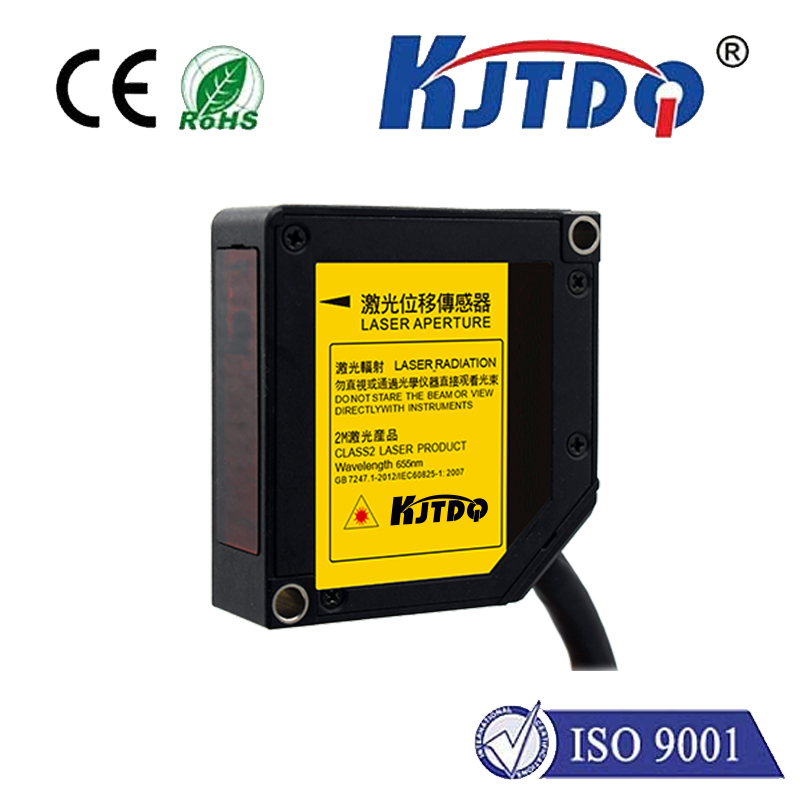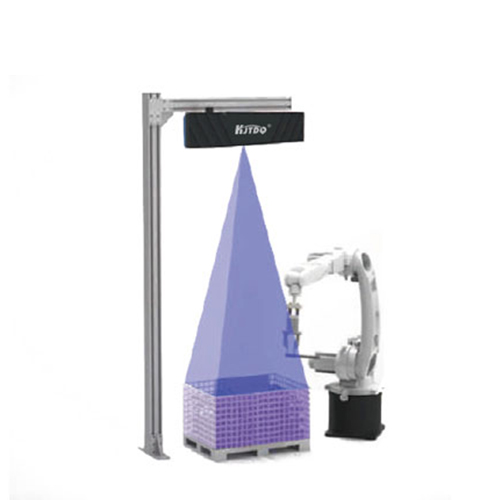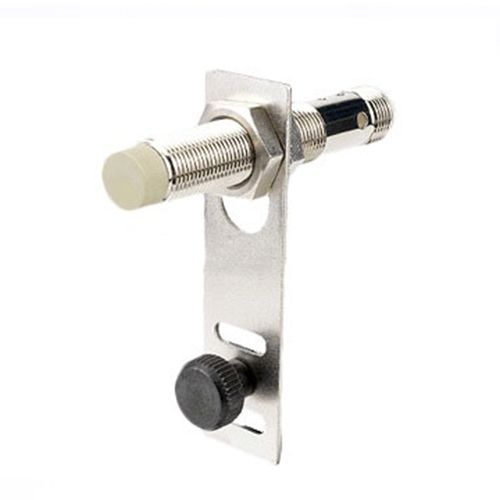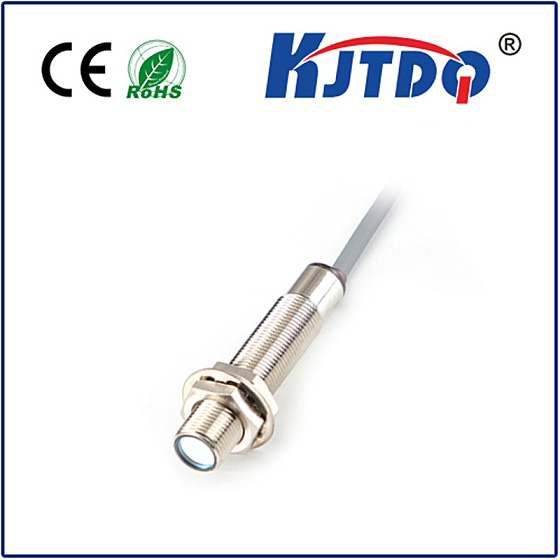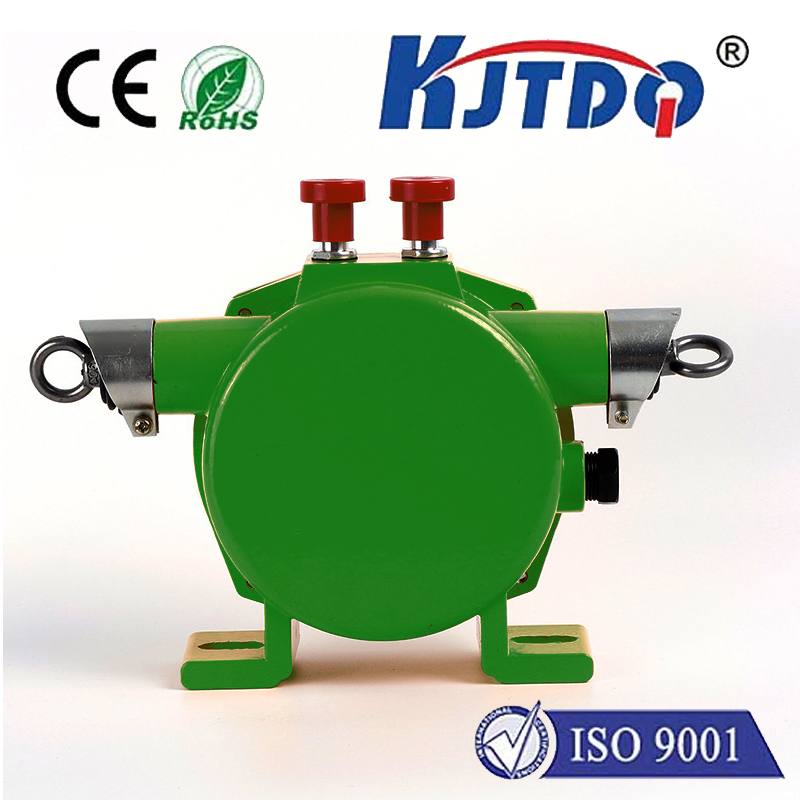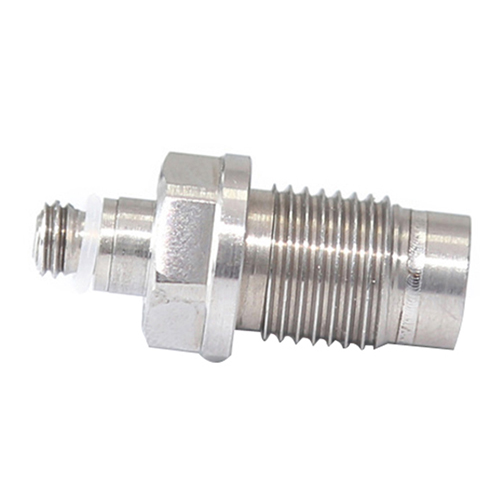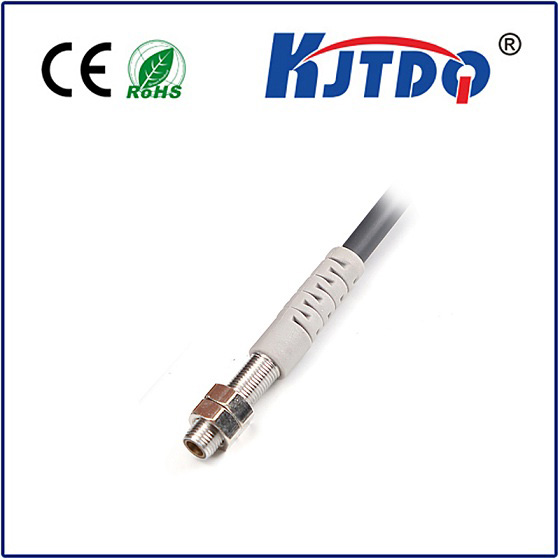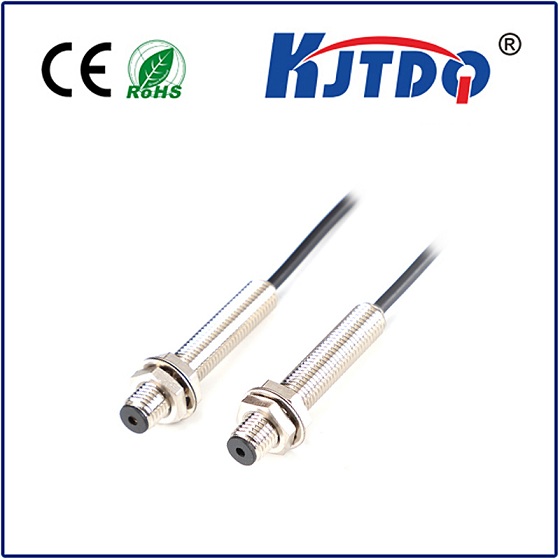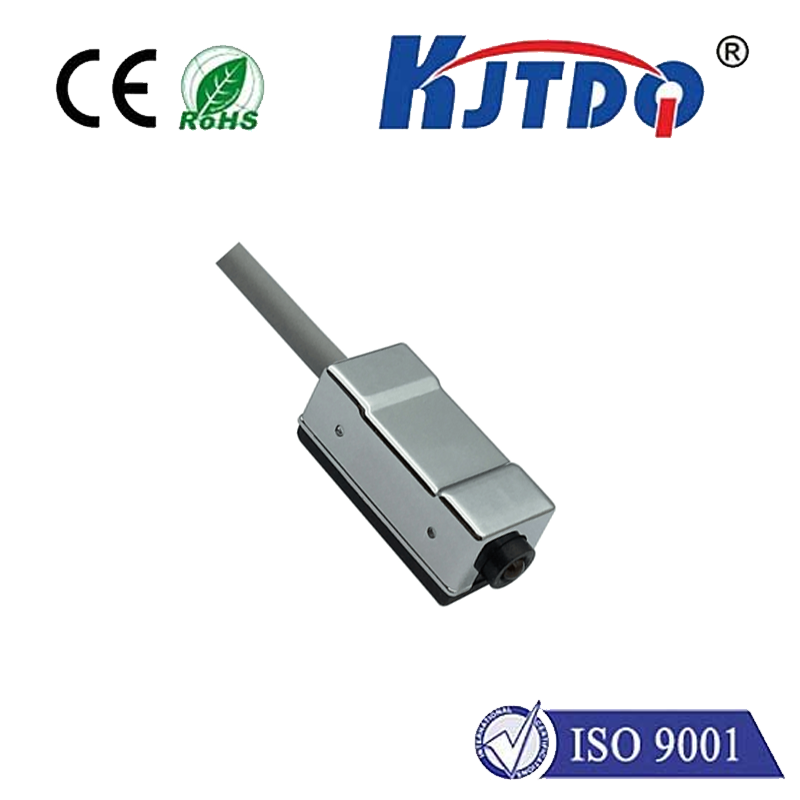Imagine needing to know the exact level of a corrosive acid, a volatile solvent, or a sterile pharmaceutical solution within a sealed tank. Traditional float switches or intrusive probes pose risks – contamination, chemical attack, maintenance nightmares, or even sparks in hazardous areas. Laser fluid level sensors emerge as a sophisticated, non-contact solution, offering unparalleled accuracy and safety in scenarios where other methods falter. These advanced instruments harness the power of focused light to deliver reliable level data without ever touching the medium, revolutionizing monitoring in complex industrial environments.
At the heart of their operation lies a simple yet powerful principle: the reflection of light. The sensor emits a highly focused, coherent laser beam towards the liquid surface. When this beam strikes the interface between air (or vapor) and the liquid, a portion of the light is reflected back towards the sensor. Sophisticated optics and electronics within the sensor precisely measure the time-of-flight (ToF) – the interval between emitting the laser pulse and receiving the reflected signal. Since the speed of light is a known constant, the sensor can calculate the distance to the liquid surface with extraordinary accuracy. This distance measurement is then converted into a precise level reading, often communicated via standard industrial signals like 4-20mA, Modbus, or Ethernet.
The defining characteristic, and arguably the most significant advantage, of laser sensors is their non-contact nature. This single feature unlocks a multitude of benefits:

Beyond these core advantages, laser level sensors offer exceptional versatility. Their focused beam allows for precise point level detection (high/low alarms) or continuous level measurement, even in tanks with internal obstructions like agitators or heating coils, simply by carefully aligning the beam path. They are effective with a wide range of liquids, provided the surface provides sufficient reflectivity – clear water, oils, chemicals, and even some opaque liquids work well. Optical clarity of the vapor space above the liquid is generally required, as heavy mist, dense foam, or thick vapors can attenuate the laser beam.
Naturally, understanding their limitations ensures proper application. Very turbulent or foaming surfaces can scatter the laser beam excessively, making it difficult for the sensor to detect a clear return signal. Similarly, liquids with extremely low reflectivity (like some pure dark oils or very uneven surfaces) might pose challenges. Ensuring a stable mounting point free from excessive vibration is also important for consistent, high-quality readings.
So, where does this technology truly shine? Laser fluid level sensors find indispensable roles across numerous critical industries:
Implementing laser level sensing requires careful consideration. Selecting the right mounting location with a clear line of sight to the target surface is essential. Understanding the properties of the fluid (especially reflectivity and tendency to foam or generate vapor/mist) and the process conditions (pressure, temperature, potential turbulence) is crucial for specification. Proper alignment during installation is also key to optimal performance.
In conclusion, laser fluid level sensors represent a leap forward in level measurement technology for demanding applications. Their non-contact operation is not just a feature; it’s the cornerstone enabling unmatched safety, reliability, and hygiene. By delivering high precision without the drawbacks of intrusive methods, they provide a robust solution for industries where accuracy, product integrity, and operational safety are non-negotiable. When faced with challenging fluids, hazardous environments, or stringent cleanliness requirements, the focused beam of a laser sensor offers a clear path to reliable fluid level data.

